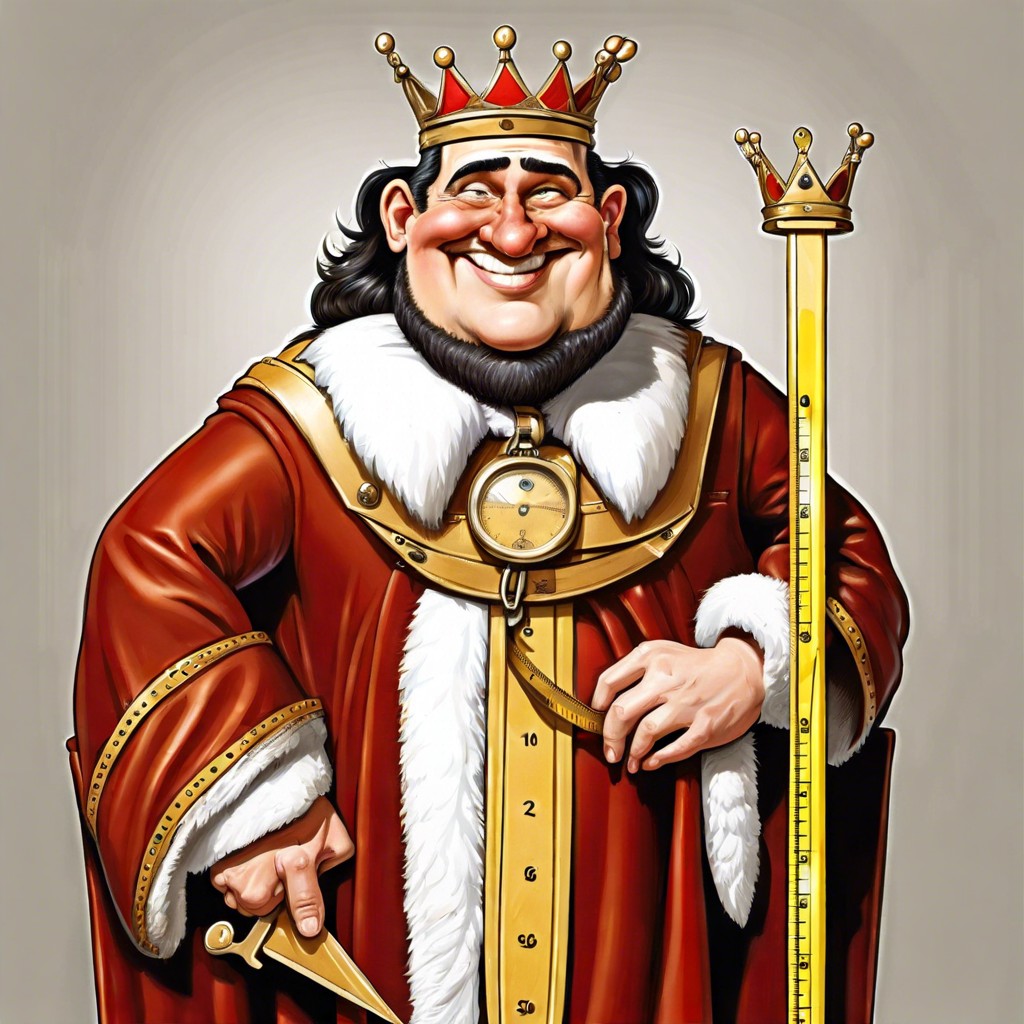Discover the size of a U.S. quarter and how it compares to everyday objects.
Key takeaways:
- The diameter of a U.S. quarter is 24.26 millimeters.
- The design of the quarter has changed throughout history.
- Different designs represent historical events and American culture.
- Material compositions have influenced the size and thickness of the quarter.
- Despite changes, the quarter remains functional in transactions and machines.
The Exact Diameter of a U.S. Quarter
A standard U.S. quarter measures 24.26 millimeters in diameter. This dimension remains consistent across all currently circulated quarters, facilitating easy recognition and use in automatic vending and sorting machines. Additionally, this uniform size ensures that the quarter fits securely in various types of coin storage, such as rolls and cases, and operates efficiently within the monetary ecosystem. Understanding this specific measurement helps in distinguishing quarters from other coins, highlighting its distinct role and value in daily transactions.
Evolution of the Quarter’s Design
Since its introduction in 1796, the quarter has undergone several redesigns reflecting changes in America’s cultural and political landscape. Initially featuring simplistic designs, the coin’s appearance was first significantly altered in 1932 to commemorate George Washington’s 200th birthday, replacing the previous standing liberty figure. This marked the beginnings of the widely recognized Washington Quarter.
In 1975 and 1976, a special bicentennial version featured a colonial drummer on the reverse to honor 200 years of independence. More recently, the 50 State Quarters program, launched in 1999, showcased unique designs representing each U.S. state, fostering widespread interest in quarter collection. This initiative was followed by the America the Beautiful Quarters program, highlighting national parks and sites from across all U.S. territories.
Each redesign not only offered a fresh look but also aimed to celebrate historical events, achievements, and the natural beauty of the United States, making each release a miniature emblem of a moment in American history.
Relation Between Size and Material Composition
The U.S. quarter has undergone material changes which influence its size, particularly its thickness. Originally made from silver until 1964, quarters were transitioned to a copper-nickel clad composition due to cost and resource considerations. This change retained the diameter but subtly adjusted the thickness. The copper core surrounded by a copper-nickel blend improves wear resistance yet impacts the overall heft and feel of the coin. The evolution in materials highlights a balance between durability, cost-effectiveness, and maintaining the quarter’s recognizable identity. The precise specifications ensure that despite changes in composition, the quarter remains functional in day-to-day transactions and vending machinery.




